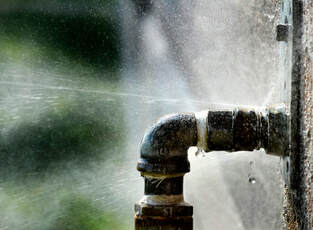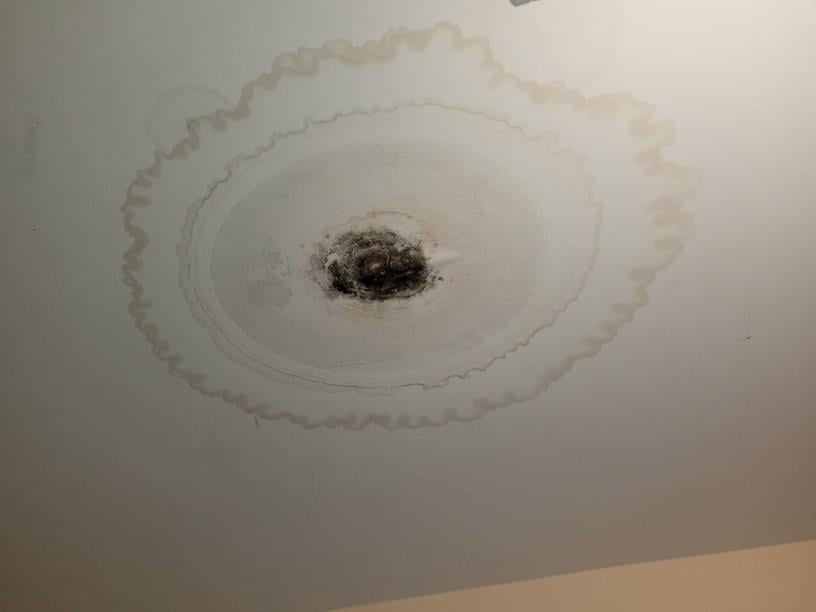How to Locate and also Repair Service Water Leaks-- A Comprehensive Guide
Schedule And PricingHow do you feel in relation to Locating water leaks?

Early detection of leaking water lines can mitigate a possible catastrophe. Aside from saving you money, it will certainly minimize the irritation and also irritation. The moment you find a leakage, calling your plumber for repair work is the best remedy. Nevertheless, some tiny water leakages may not show up. If you can not discover it with your naked eyes, below are some hacks that help.
1. Check Out the Water Meter
Every residence has a water meter. Checking it is a guaranteed way that helps you find leaks. For beginners, switch off all the water sources. Guarantee nobody will purge, utilize the tap, shower, run the cleaning maker or dish washer. From there, most likely to the meter and also watch if it will certainly alter. Given that no person is using it, there need to be no activities. That indicates a fast-moving leakage if it relocates. If you find no changes, wait an hour or 2 and also check back once again. This means you may have a sluggish leakage that can even be underground.
2. Examine Water Intake
Assess your water costs and track your water consumption. As the one paying it, you ought to observe if there are any kind of disparities. If you spot sudden changes, despite your consumption being the same, it implies that you have leakages in your plumbing system. Keep in mind, your water expense must drop under the same range each month. An unexpected spike in your expense suggests a fast-moving leak.
At the same time, a constant rise on a monthly basis, despite having the very same behaviors, reveals you have a sluggish leak that's also slowly escalating. Call a plumber to completely inspect your residential property, particularly if you feel a warm location on your floor with piping underneath.
3. Do a Food Coloring Test
When it concerns water consumption, 30% originates from bathrooms. Test to see if they are running properly. Decline flecks of food color in the tank and also wait 10 minutes. If the color somehow infiltrates your dish during that time without flushing, there's a leak in between the storage tank as well as dish.
4. Asses Exterior Lines
Do not neglect to check your exterior water lines as well. Test spigots by attaching a yard pipe. Ought to water permeate out of the connection, you have a loose rubber gasket. Change this and also make certain all links are tight. It will certainly help obtain it professionally checked out and also maintained every year if you've obtained a lawn sprinkler system. One little leakage can waste lots of water and also increase your water bill.
5. Assess the situation as well as check
Homeowners should make it a routine to examine under the sink counters as well as even inside cupboards for any bad odor or mold and mildew development. These 2 red flags suggest a leakage so prompt attention is needed. Doing regular inspections, even bi-annually, can conserve you from a significant problem.
A lot more significantly, if you recognize your home is already old, maintain a watchful eye on your heating systems, hose pipes, pipelines and so on. Look for stainings as well as damaging as many appliances as well as pipelines have a life span. They will certainly additionally naturally degrade as a result of damage. Do not wait for it to escalate if you presume dripping water lines in your plumbing system. Call an expert plumber right now so you do not end up with an awful mess in your home.
Early discovery of dripping water lines can reduce a potential disaster. Some little water leakages may not be noticeable. Inspecting it is a guaranteed way that aids you find leaks. One little leakage can squander bunches of water as well as increase your water expense.
If you suspect dripping water lines in your plumbing system, do not wait for it to escalate.
WARNING SIGNS OF WATER LEAKAGE BEHIND THE WALL
PERSISTENT MUSTY ODORS
As water slowly drips from a leaky pipe inside the wall, flooring and sheetrock stay damp and develop an odor similar to wet cardboard. It generates a musty smell that can help you find hidden leaks.
MOLD IN UNUSUAL AREAS
Mold usually grows in wet areas like kitchens, baths and laundry rooms. If you spot the stuff on walls or baseboards in other rooms of the house, it’s a good indicator of undetected water leaks.
STAINS THAT GROW
When mold thrives around a leaky pipe, it sometimes takes hold on the inside surface of the affected wall. A growing stain on otherwise clean sheetrock is often your sign of a hidden plumbing problem.
PEELING OR BUBBLING WALLPAPER / PAINT
This clue is easy to miss in rooms that don’t get much use. When you see wallpaper separating along seams or paint bubbling or flaking off the wall, blame sheetrock that stays wet because of an undetected leak.
BUCKLED CEILINGS AND STAINED FLOORS
If ceilings or floors in bathrooms, kitchens or laundry areas develop structural problems, don’t rule out constant damp inside the walls. Wet sheetrock can affect adjacent framing, flooring and ceilings.
https://www.servicemasterbyzaba.com/blog/how-to-detect-water-leakage-in-walls/

We had been shown that article on Detecting hidden plumbing leaks through a friend on our other domain. If you please take a moment to promote this write-up if you enjoyed reading it. Thanks for taking the time to read it.